When it comes to managing a sales team, one of the most critical questions is how to prioritize leads. Specifically, should a sales manager focus their energy—and direct their team’s energy—on new leads or existing leads first?
This question goes beyond simple outreach strategy. It involves sales psychology, CRM optimization, pipeline management, and ultimately, revenue growth. In this comprehensive guide, we’ll explore both sides of the coin to help you make informed, data-backed decisions that work for your specific business model.
Let’s dive deep into this sales conundrum and help you determine who your sales team should call first—new leads or existing ones?
Table of Contents
What Are Leads in Sales?
Leads are potential customers who have shown interest in your product or service. These individuals or companies may have:
-
Downloaded a whitepaper
-
Signed up for a newsletter
-
Attended a webinar
-
Requested a quote
-
Contacted your sales team directly
In short, leads are the lifeblood of any successful sales operation. Without leads, there’s no pipeline. Without a pipeline, there’s no revenue.
Leads generally fall into three categories:
-
Cold Leads – No prior contact, minimal engagement
-
Warm Leads – Moderate engagement or interaction
-
Hot Leads – High intent to buy
Knowing what kind of lead you’re dealing with helps determine how to prioritize them.
Understanding the Role of a Sales Manager
A sales manager is not just a team leader—they’re a strategic operator. Their responsibilities include:
-
Delegating lead follow-ups
-
Setting sales targets
-
Coaching team performance
-
Defining lead priorities
-
Monitoring conversion metrics
The choice between calling new leads or existing leads starts with the sales manager. Their decisions can determine the team’s efficiency and the company’s bottom line.
New Leads vs. Existing Leads: Definitions
Before deciding which leads deserve priority, let’s clearly define them.
New Leads
These are fresh contacts—people who’ve recently entered your CRM. They’ve possibly signed up for a webinar, clicked a PPC ad, or filled out a contact form. They show initial interest but have no prior engagement.
Existing Leads
These are leads already in your pipeline. They may have:
-
Attended a demo
-
Responded to a sales call
-
Requested a quote
-
Been in negotiations
They’re familiar with your brand and are likely further down the sales funnel.
Why New Leads Are Often a Priority
Prioritizing new leads is a common approach—and for good reasons:
1. Speed to Lead is Critical
According to Harvard Business Review, companies that respond to new leads within an hour are seven times more likely to qualify the lead.
2. Fresh Buying Intent
New leads are actively researching. A delay in outreach gives competitors the chance to jump in first.
3. More Receptive to Offers
New leads are still evaluating options and are open-minded about learning more.
4. Higher Lead Volume
Sales teams typically generate more new leads than returning ones, requiring faster action to avoid lead decay.
Why Existing Leads Are Easier to Convert
While new leads come with potential, existing leads often convert faster and with lower effort.
1. Relationship Established
You’ve already had conversations, sent emails, or presented demos.
2. Familiar with Your Solution
They’ve seen the value proposition, making them easier to close.
3. Lower Acquisition Cost
You’ve already invested in nurturing them. A final push might seal the deal.
4. Behavioral Data Available
Tools like HubSpot show how these leads have interacted—whether they opened emails, visited your pricing page, or clicked CTAs.
The Psychology Behind New vs. Existing Leads
Sales reps often prefer new leads due to:
-
The thrill of new opportunities
-
The fear of rejection by existing leads
-
The belief that new equals better
But existing leads bring a psychological edge too. They:
-
Are more likely to trust your team
-
Have fewer barriers to entry
-
Respond better to personalized pitches
Training your team to recognize and overcome these psychological biases can significantly improve performance.
Analyzing Data: What the Numbers Tell Us
Data offers clarity when emotions don’t. Let’s look at the stats:
-
78% of buyers purchase from the first responder (Lead Connect)
-
Existing leads have conversion rates of 20–30%
-
New leads convert at 5–10%, on average
-
Lead nurturing emails perform 4-10x better than general blasts
In essence: speed favors new leads, but conversion favors existing leads.
Sales Funnel Strategy: Where Do the Leads Fit?
Understanding the sales funnel helps clarify lead prioritization:
| Funnel Stage | Lead Type | Strategy |
|---|---|---|
| Top (ToFu) | New Leads | Education & Awareness |
| Middle (MoFu) | Warm/Existing Leads | Lead Nurturing |
| Bottom (BoFu) | Hot/Existing Leads | Closing & Conversion |
Aligning your call schedule with the lead’s funnel position can drastically improve outcomes.
When Should You Call New Leads First?
New leads should take priority when:
-
They just filled out a form or opted in
-
You launched a limited-time offer
-
The industry demands fast response times (e.g., SaaS, real estate)
-
You have automated follow-up systems for old leads
Speed wins deals—especially when interest is fresh.
When Should You Call Existing Leads First?
Call existing leads first when:
-
You’re close to closing deals
-
The quarter is ending and you need to hit targets
-
They’ve visited your pricing page
-
They’ve asked for a callback
-
They’re responding to nurturing campaigns
These are low-hanging fruits. All it takes is a final nudge.
A Balanced Approach: Creating a Hybrid Lead Strategy
Why choose one when you can balance both?
Sample Daily Plan for Sales Teams
| Time | Activity |
|---|---|
| 9:00–11:00 AM | Call all new leads from the last 24 hours |
| 11:00–1:00 PM | Prioritize existing leads with high intent |
| 2:00–4:00 PM | Re-engage older leads or cold contacts |
| 4:00–5:00 PM | Update CRM, review notes, and set tasks |
A hybrid strategy ensures speed, relationship-building, and conversion efficiency.
Tools to Help Sales Managers Prioritize Leads
Modern tools can simplify your lead management:
1. CRM Platforms
2. Lead Scoring Systems
Assign numerical scores based on behaviors like:
-
Website visits
-
Email opens
-
Call scheduling
3. Sales Engagement Tools
4. AI-Powered Lead Prioritization
Use AI to predict lead conversion likelihood and suggest optimal outreach sequences.
Common Mistakes Sales Teams Make with Lead Prioritization
Here are mistakes that hurt your pipeline:
-
Ignoring new leads for too long
-
Over-focusing on cold leads out of routine
-
Not updating CRM with lead insights
-
No segmentation by funnel stage
-
Generic pitches instead of personalized follow-ups
-
Miscommunication between marketing and sales teams
Fix these, and you’ll immediately see a boost in conversion rates.
How CRM Systems Can Help
CRM platforms like Zoho or Pipedrive empower your team by offering:
-
Automated lead scoring
-
Activity reminders
-
Sales forecasting
-
Interaction history tracking
-
Email campaign integration
They are your command center for all lead prioritization strategies.
Conclusion
So, who should your sales team call first—new leads or existing leads?
There’s no one-size-fits-all answer.
✅ Call new leads first when timing is critical and competition is fierce.
✅ Call existing leads first when they’re closer to converting or you’re nearing sales goals.
✅ Implement a hybrid strategy to maximize your daily outreach and improve overall sales efficiency.
Ultimately, the smartest teams don’t choose—they prioritize based on data, intent, and buyer behavior.














